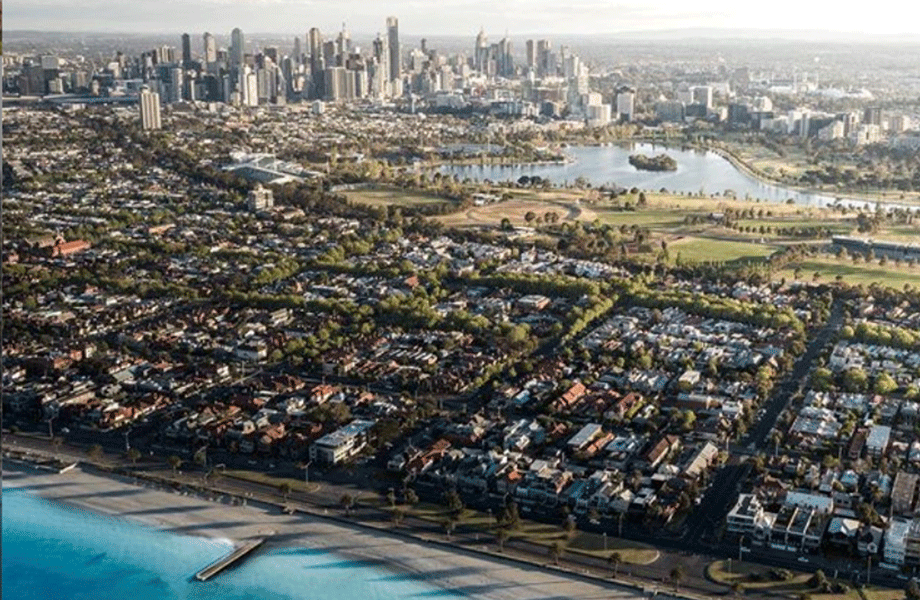Interest Rates Dictate House Pricing: RBA
A new report from the Reserve Bank of Australia says that, more than any other factor, shifting interest rates are responsible for weakening house prices and construction rates.
House prices dropped almost 7 per cent nationally across capital cities in the 12 months to January, with Sydney leading the biggest decline at almost 10 per cent.
Just last week, RBA governor Philip Lowe downplayed the impact of house price declines, declaring that the adjustment was “manageable”, theorising that the origins of the current correction in prices “do not lie in interest rates and unemployment”.
Lowe said while low interest rates had increased the capacity of people to borrow, he pointed to population growth and the slow supply of new properties as the main reason behind the surge in prices.
The sentiment now conflicts with newly-released research by RBA economists Trent Saunders and Peter Tulip who ran a model looking at the primary influences for house prices, which are at risk of falling a further 10 per in 2019.
Analysts stated that changes in interest rates, not supply and demand were responsible for waning house prices.
Related: Reserve Bank Eyes Cash Rate Cut

“We build an empirical model of the Australian housing market that quantifies interrelationships between construction, vacancies, rents and prices,” RBA analysts said.
“The model suggests that much of the strength in housing prices and construction over the past few years can be explained by the fall in interest rates.”
“Low interest rates (partly reflecting lower world long-term rates) explain much of the rapid growth in housing prices and construction over the past few years.”
The report’s modelling mapped the cash rate from its high point at 4.75 per cent in 2011 to its current rate of 1.5 per cent, looking closely at the impact rates had on the cost of housing, investment, rental vacancy rates, and rent prices.
Analysts found that a single percentage point cut in interest rates lifted house prices by 8 per cent in the two years after the change.
Without the reduction in interest rates, the model suggests Australia’s dwelling prices to income ratio would have been substantially lower than where it is today.
Outside of interest rates, the model suggests that faster population growth, primarily reflecting strong growth in immigration, has also contributed to higher dwelling prices to a lesser extent.
House building, apartment building, engineering and commercial activity all experienced falls in February, with house building contracting falling at its fastest rate in more than six years.
“Construction activity is approximately co-integrated with income, although the housing stock is not,” RBA analysts said.
“Interest rates have a large and highly significant direct effect on construction activity.”
“It is changes in interest rates and in existing housing prices that drive construction, not their level.”
Last month, the RBA decided to leave official rates steady at 1.5 per cent following its first meeting of the year, a decision that marks 30 months of no movement.
NAB said it anticipates house prices to decline further over the next year or so, with peak-to-trough falls of around 15 per cent in Melbourne and Sydney.
And in his latest market update AMP chief economist Shane Oliver revised his forecast lower to total falls of 25 per cent, from earlier predictions of 20 per cent, in Sydney and Melbourne.














